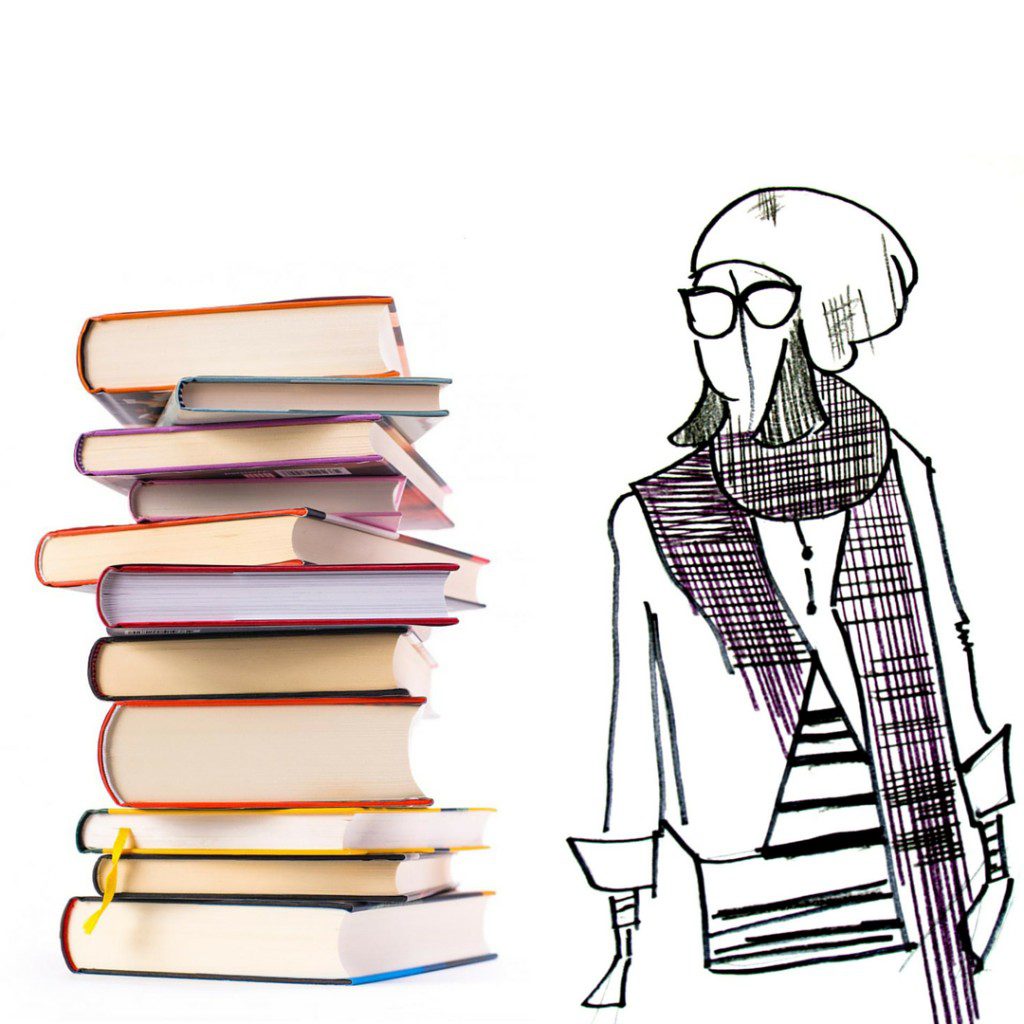Tips on Writing SLO’s for the Art Room

It’s the time of the year when you need to write out goals for yourself and for your students, this often seems a bit tricky when it comes to art, because these goals also have to be tracked and assessed, aka tied to data. You probably stay away from giving tests in your art room, I don’t blame you, me too. Now, I’ve never had trouble coming up with goals, in fact, one year my principal asked me to have less goals ( really?), but it can be hard to figure out how you’re going to demonstrate growth.
In many classes growth is demonstrated by giving students a pretest and a post test, then measuring if they’ve made improvements. In the art room, for just a second, whenever you say or write the word , project, replace it with the word , test. ( this is just about making a slight mindset shift, not about actually replacing projects with tests)
Here’s what I mean. The goal of the test is to show that students improved over a given period of time. If done correctly you can show growth through a series of projects over a specific period of time. The main thing is that there needs to be some kind of framework, or focus around where you want the students to improve. And really, SLO’s ( that’s what they’re called in PA, but I know that you all have your own version), or not, we should all of some kind of goal for our students when leave our classroom, at the end of the term, semester, or year.
During my last two years of teaching in the public school system, one of my goals was for my students to become more empathetic throughout the school year. This wasn’t a goal that I turned in, but was an important personal goal, that guided the way that I taught, and the projects that I designed. I measured it by using an actual empathy test at the beginning and the end of the year. ( for those of you that are wondering, you better believe that art has the power to help students to develop empathy)
I’ve had goals like getting students to develop a professional portfolio and understanding how to use technology. So they created an online portfolio. At the beginning of the year they had nothing, at the end of the year, they had well photographed artwork a long with an artist statement.
A great example is the AP Studio Art portfolio, a large part is based on the idea that 1. students can carry a central idea through 12 works of art, and 2. that students are able to demonstrate growth and transformation in their work. To assess if these two things take place, there is an in-depth rubric.
To further the AP example, within the Drawing Portfolio students must use, experiment with, and explore the Drawing issues, striving to show a developed understanding of how to use them, as they progress through their portfolio. This doesn’t mean that other things aren’t taught within AP, but it does mean that this is how a students growth is assessed.
If you’re having trouble coming up with goals here are some questions to help you to get started:
- What do you want your students to know by the end of their time with you?
- What do you want the students to be able to do?
- What do you want the students to feel when they come into your classroom everyday?
- How do you want students to respond when they see art that they don’t understand in an art museum or a book?
- Why does art matter, and how can you convey that to your students?
- What do you want to be remembered for, and what are the steps to making that happen?
Some Ideas:
- You want your students to be strong thinkers and problem solvers….
- Students will demonstrate that they are strong thinkers and problem solvers by doing the Paul Torrance creativity test at the beginning and end of the year. Throughout the class, students will learn what the creative process is, and how to use it. Students will practice creating idea generation sheets, and then apply those ideas, and students will work on identifying problems and developing questions to help solve the problems. Students will document their creative process in their sketchbook.
- You want your students to feel comfortable and smart when they walk into an art museum…
- Students will demonstrate a love for and understanding of art history, through reflecting on important works of art. Students will practice written and spoken critiques, and they will curate their own mini art exhibit around a theme of their selection. Students will document the process of curating their exhibit. Have them do this at least twice. You might look for an increase in vocabulary use. For their first round they may not know how to discuss composition or the elements and principles, by the end, hopefully, they do.
- You want your students to understand what the elements and principles are, and how they actually connect to art.
- Students will demonstrate an understanding of the elements and principles of art, by creating art that utilizes both. Students and the teacher will assess and reflect on how the student uses the elements and principles through the use of the national core standards and a well-developed rubric. Students will be able took at famous works of art and discuss the elements and principles along with the impact that they have on the overall look and emotion of the work of art.